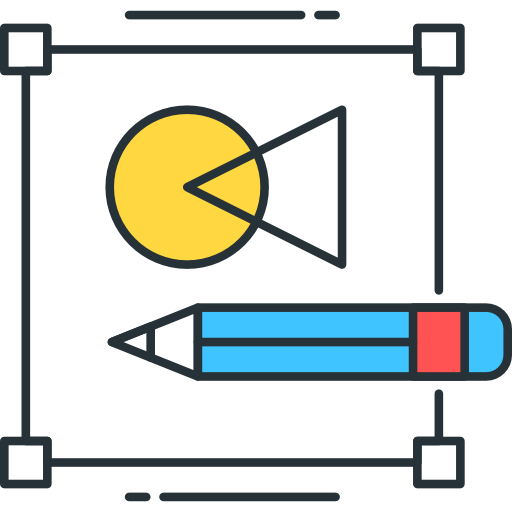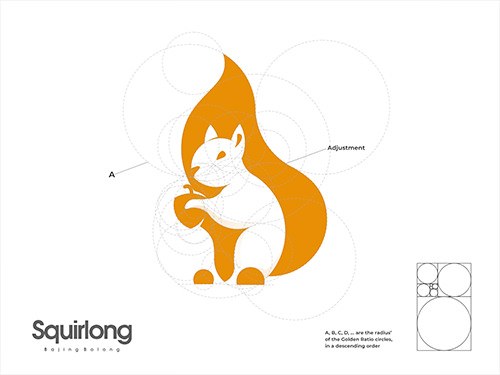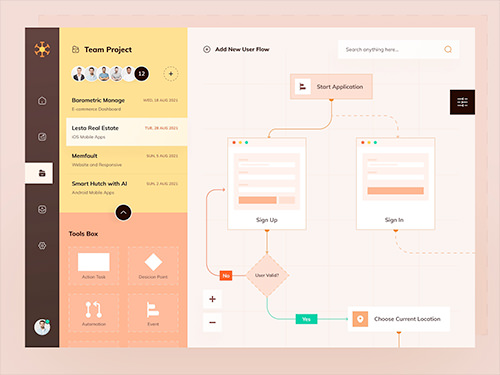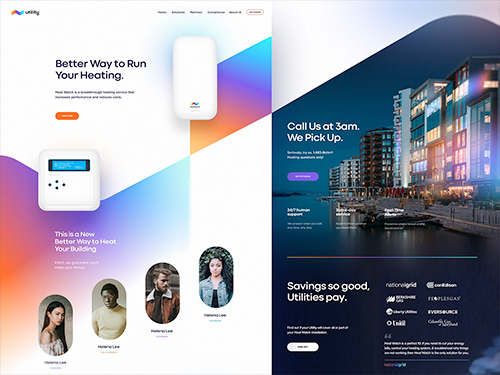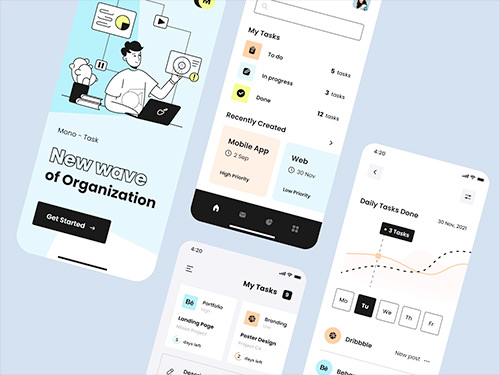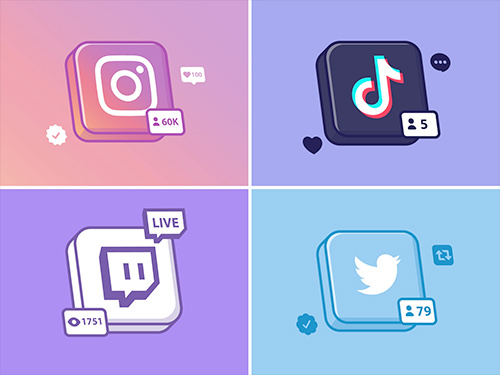- About
Get in touch with Webstring
- Services
- Technology
- Our Work
- Methodology
Design
Web Design
Web designers often think about the web design process with a focus on technical matters such as wireframes, code, and content management. But great design isn’t about how you integrate the social media buttons or even slick visuals. Great design is actually about having a website creation process that aligns with an overarching strategy.
Well-designed websites offer much more than just aesthetics. They attract visitors and help people understand the product, company, and branding through a variety of indicators, encompassing visuals, text, and interactions. That means every element of your site needs to work towards a defined goal.

Responsive Design
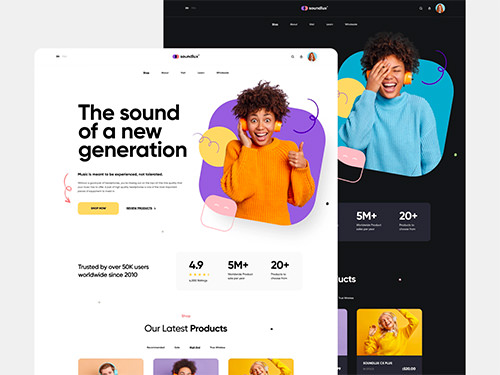
Landing Page
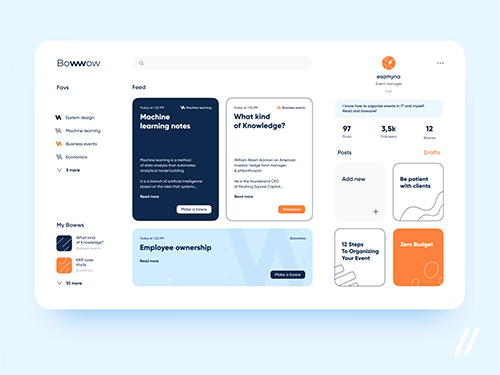
Content Management
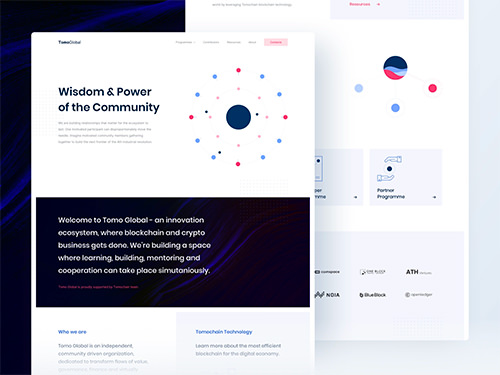
Content Curation
Web Design Process
Phase 1
Goal identification
Where I work with the client to determine what goals the new website needs to fulfill. I.e., what its purpose is. In this initial stage, the designer needs to identify the end goal of the website design, usually in close collaboration with the client or other stakeholders.
Phase 1
Phase 2
Scope definition
One of the most common and difficult problems plaguing web design projects is scope creep. The client sets out with one goal in mind, but this gradually expands, evolves, or changes altogether during the design process — and the next thing you know, you’re not only designing and building a website, but also a web app, emails, and push notifications.
Phase 2
Phase 3
Sitemap and wireframe creation
The sitemap provides the foundation for any well-designed website. It helps give web designers a clear idea of the website’s information architecture and explains the relationships between the various pages and content elements.
Phase 3
Phase 4
Content creation
First, content engages readers and drives them to take the actions necessary to fulfill a site’s goals. This is affected by both the content itself (the writing), and how it’s presented (the typography and structural elements). Content also boosts a site’s visibility for search engines. The practice of creation and improving content to rank well in search is known as search engine optimization, or SEO.
Phase 4
Phase 5
Visual elements
Finally, it’s time to create the visual style for the site. This part of the design process will often be shaped by existing branding elements, colour choices, and logos, as stipulated by the client. But it’s also the stage of the web design process where a good web designer can really shine.
Phase 5
Phase 6
Testing
Thoroughly test each page to make sure all links are working and that the website loads properly on all devices and browsers. Errors may be the result of small coding mistakes, and while it is often a pain to find and fix them, it’s better to do it now than present a broken site to the public.
Phase 6
Phase 7
Launch
Now it’s time for everyone’s favorite part of the website design process: When everything has been thoroughly tested, and you’re happy with the site, it’s time to launch. Don’t expect this to go perfectly. There may be still some elements that need fixing. Web design is a fluid and ongoing process that requires constant maintenance.
Phase 7
Final thoughts
Web design — and really, design in general — is all about finding the right balance between form and function. You need to use the right fonts, colors, and design motifs. But the way people navigate and experience your site is just as important. Skilled designers should be well versed in this concept and able to create a site that walks the delicate tightrope between the two.
A key thing to remember about the launch stage is that it’s nowhere near the end of the job. The beauty of the web is that it’s never finished. Once the site goes live, you can continually run user testing on new content and features, monitor analytics, and refine your messaging.

